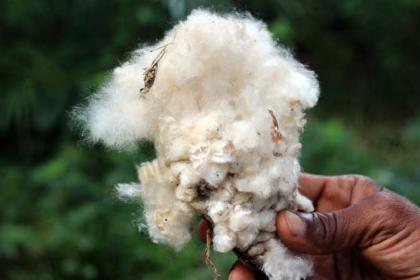
Cotton is produced on a commercial scale by about 45 million households in about 80 countries, and provides annual incomes to an estimated 250 million people. For many households, cotton is the sole source of cash income and provides finance for inputs for food production, while also being used as a rotation crop. Because cotton is a storable commodity, and because it can be grown in arid regions, it connects people in interior locations within countries and continents to markets, thus serving as an engine of economic growth.
From the invention of the cotton gin in the 1790s to the present, the United States has always played a leading role in the world cotton industry. The United States has almost always been the world’s largest cotton exporter, and therefore its policies and programmes have implications for producers in all countries.
This report aims to provide an analysis of the United States Agricultural Act of 2014 (hereinafter referred to by the commonly used term, the 2014 Farm Bill), focusing on its potential implications for cotton prices worldwide and especially its impacts on cotton producers in lowincome developing countries and least developed countries (LDCs).
It does not attempt to determine whether the cotton provisions of this Act are compliant with WTO rules or explain the findings of the Brazil cotton case; rather, it seeks to examine whether the subsidies paid to United States cotton growers are likely to lead to increased or decreased United States cotton production by 2018.
The report is divided into six sections.
-
Section 1 discusses the trends in United States cotton production and exports.
-
Section 2 describes the 2014 Farm Bill and Stacked Income Protection Plan (STAX).
-
Section 3 focuses on the outlook for subsidies paid to United States cotton farmers.
-
Section 4 examines long-term trends in the world cotton market and trends in cotton production by major region.
-
Section 5 discusses the opportunities for African cotton producers and highlights some policy recommendations to enhance income from cotton production in Africa.
-
Section 6 concludes.




